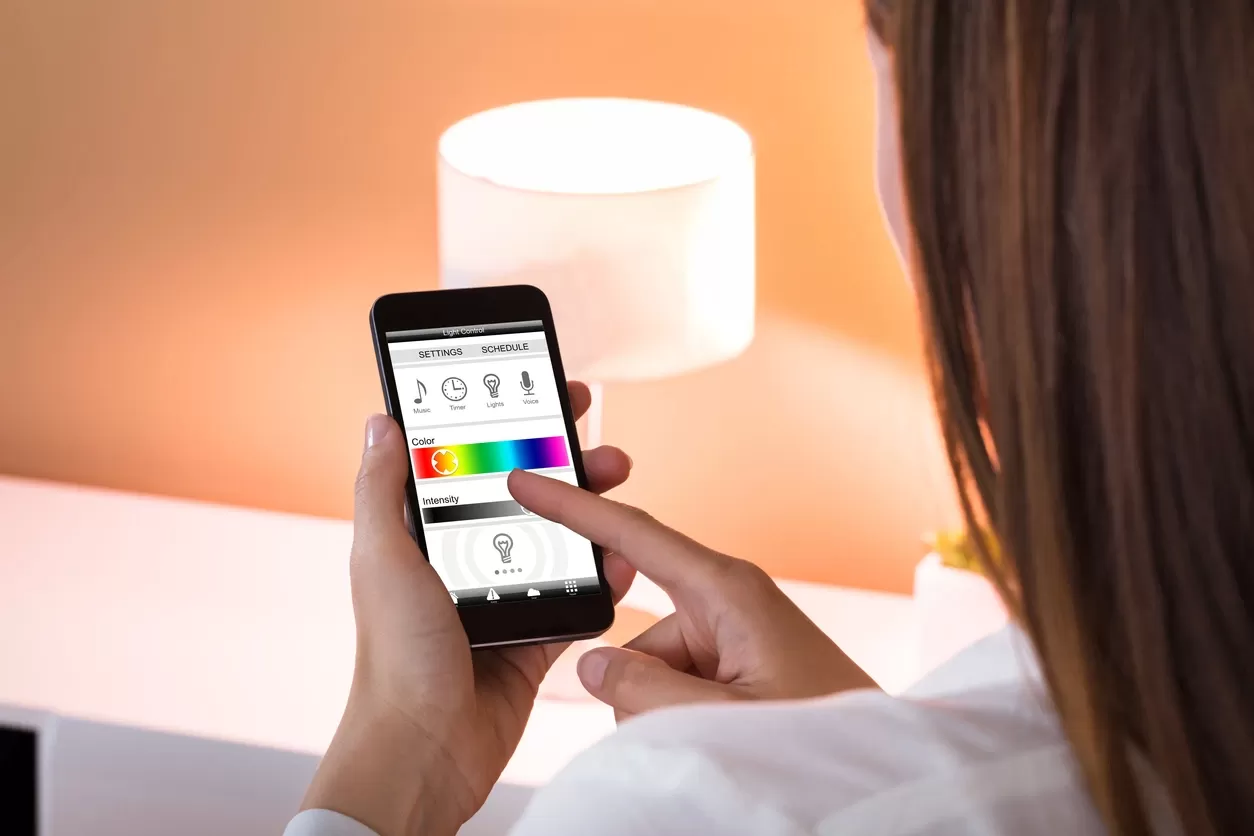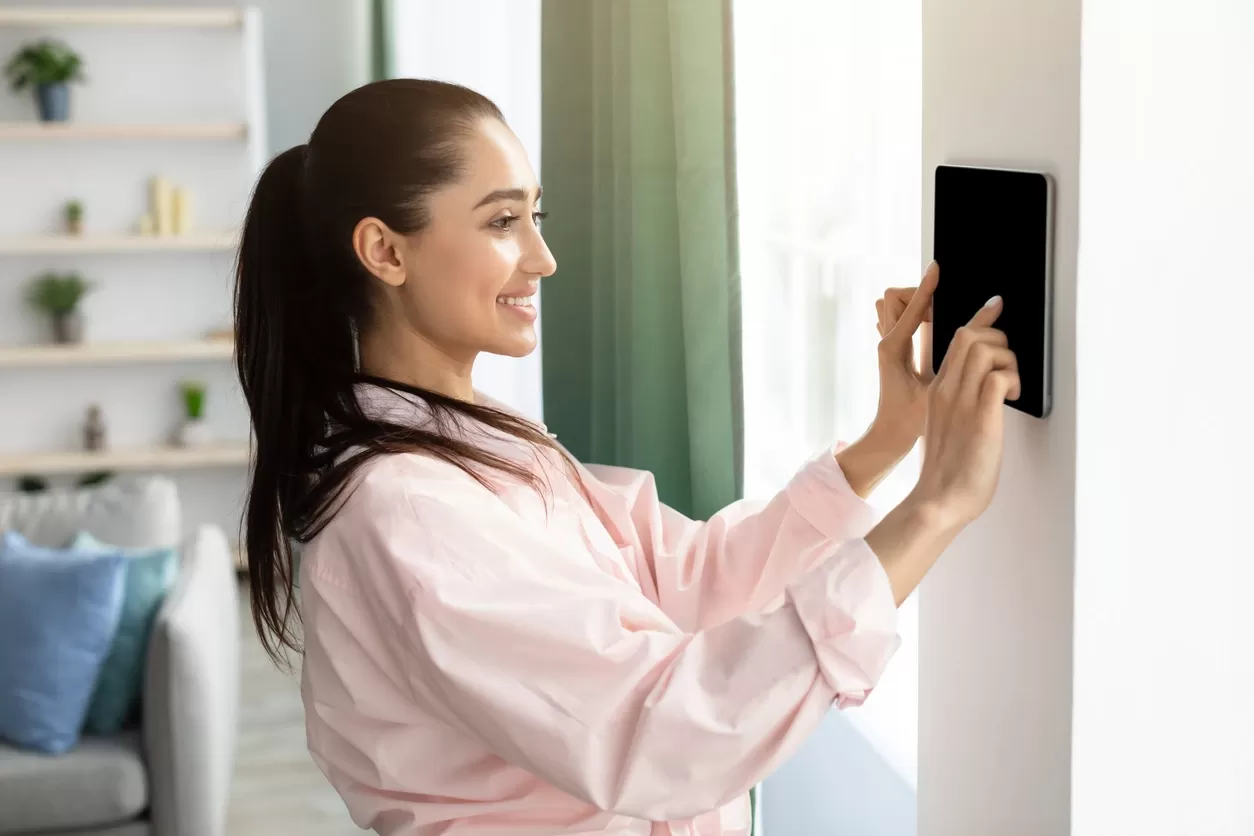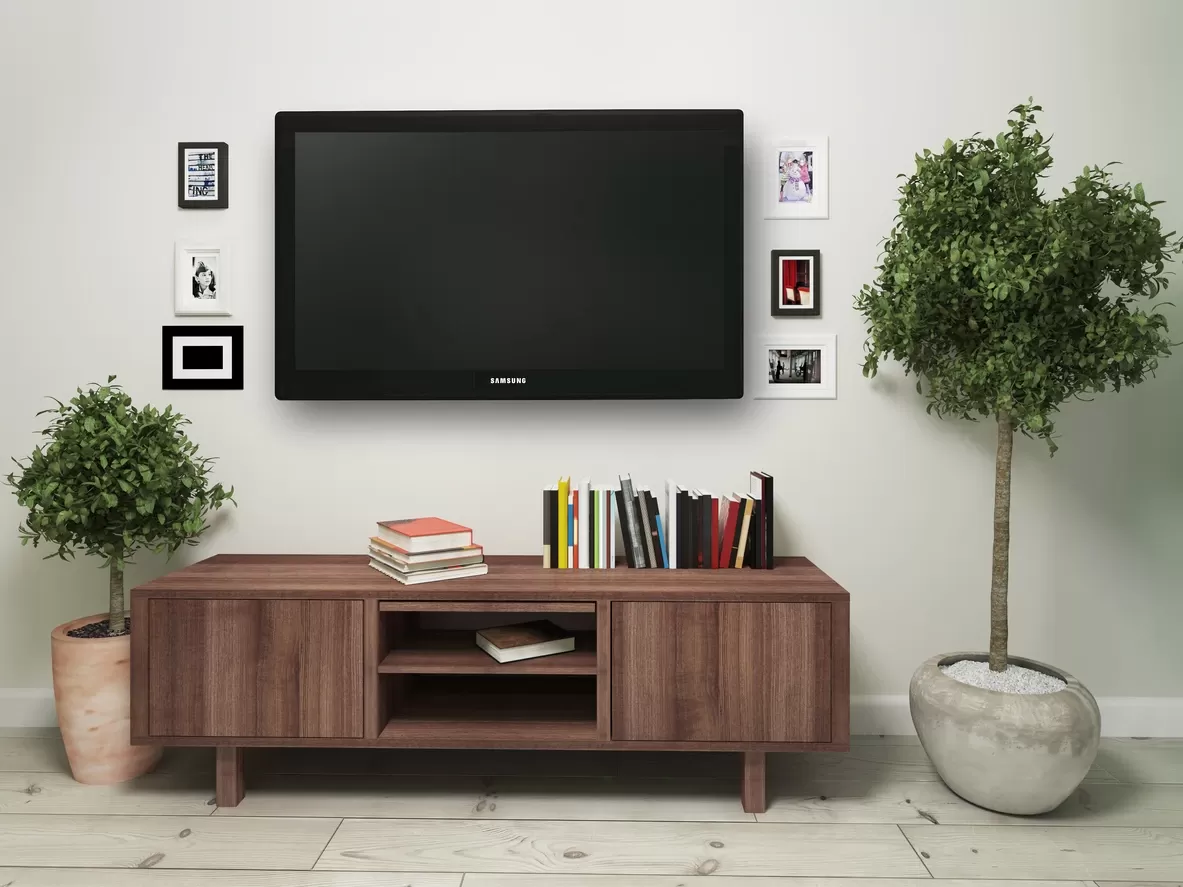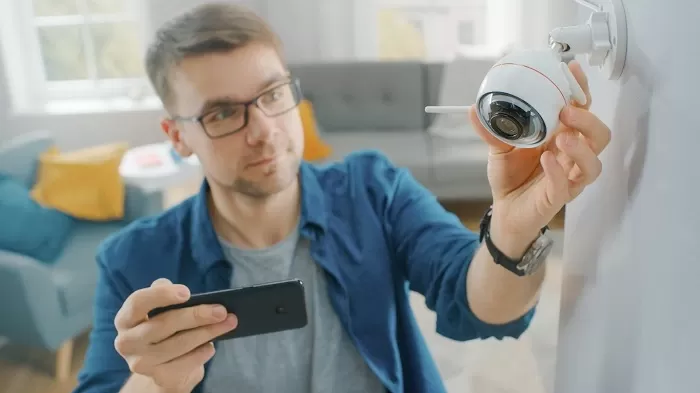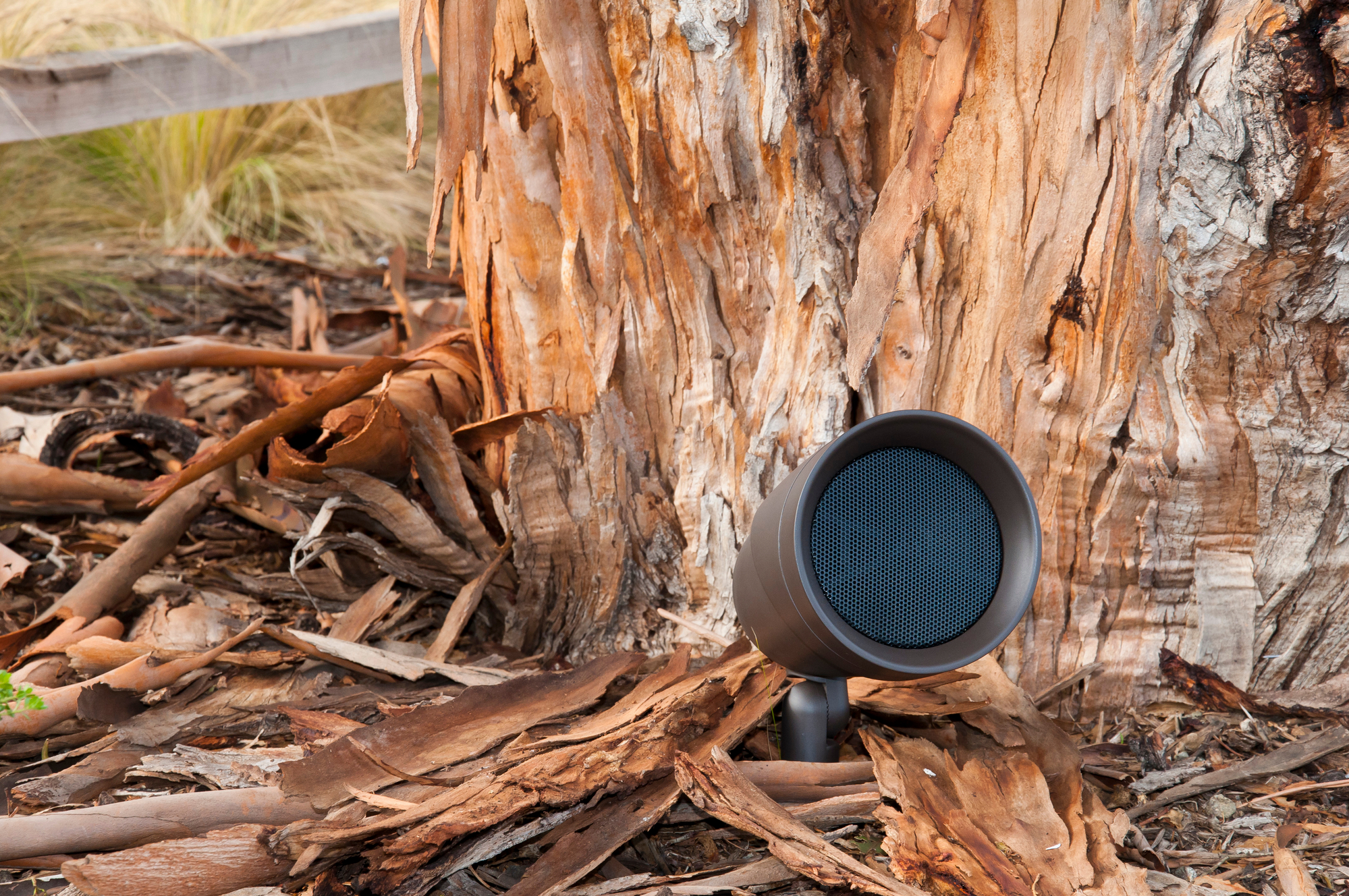Circadian lighting, also known as human-centric lighting, is a solution to many of the hidden hazards of artificial lighting. It’s a system that mirrors natural light cycles and therefore helps promote a healthy and stable circadian rhythm. Circadian lighting systems change the light intensity and color temperature in fixtures throughout the day, minimizing the effects of unnatural light and promoting increased productivity, better sleep, and long-term health benefits.
There are three (3) approaches to implementing a circadian lighting system:
- Intensity tuning – The most cost-effective way to implement a circadian lighting system. Light fixtures have a fixed correlated color temperature (CCT), but the brightness, or intensity, can be adjusted through a control system to reflect the time of day. For example, in the morning and at night, lights are at a lower intensity, but during the day they are brighter, in tune with the sun’s rise and fall.
- Color tuning – Similar to intensity tuning, color tuning changes the brightness of lights but also changes the CCT to more closely reflect natural lighting. It does this by disabling white lights and color tuning lights by utilizing warmer and yellower colors in the morning and evening and cooler and bluer colors during the day, with the aim of promoting alertness and productivity.
- Stimulus tuning – Spectrally optimized LED lights create white light with high circadian stimulus without actually changing the color of the light throughout the day. Stimulus tuning reduces blue light during the evening to help promote melatonin production, which is our body’s natural sleep agent. During the day, it replaces “bad blue” lighting with “good blue,” or sky-blue lighting. This “good blue” helps our eyes send a signal to our brain to maintain a circadian rhythm. Stimulus tuning is the method of circadian lighting that most mimics the daylight spectrum.
Circadian lighting systems are proven to help maintain high energy levels and promote better sleep. The Lighting Research Center conducted a study that found people receiving high circadian stimulus throughout the day felt more energetic and alert, experienced better sleep, and felt less depressed than workers receiving low circadian stimulus.
Call or Visit Us
To learn more about how circadian lighting can benefit your life and find out which system is right for you, AV Design Consultants provides many options to cater to your needs. Contact us at AV Design Consultants to learn more about our products and services.
